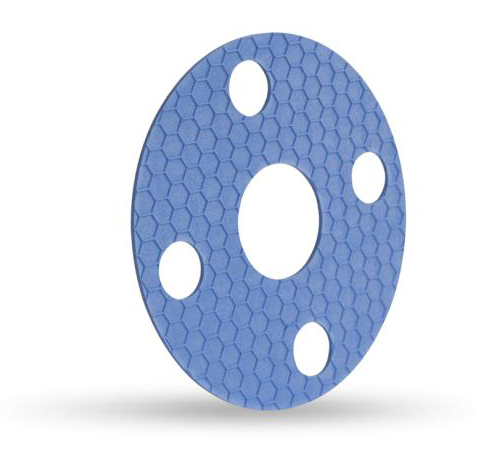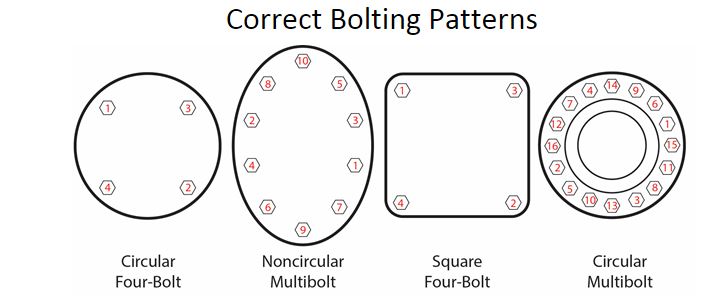The importance of gaskets to the overall health of your machinery and production is often overlooked. While gaskets represent just a fraction of the cost of the machines or systems in which they are installed, the consequences of a failure can range from nuisance leaks to catastrophic failure of a machine or process.
“Damage, downtime, lost production, along with non-compliance penalties, plus the potential for litigation and damage to the company’s reputation, make the cost of gasket failure incalculable,” Jim Drago, P.E., of Garlock Sealing Technologies wrote in a 2008 article on the subject.
When looking to cut costs, especially in today’s business environment, it’s easy to target the “low-hanging fruit” such as gaskets. Sometimes low cost is perceived as low importance, but any cost-savings realized by installing an inadequate gasket can be wiped out by a single failure.
While there are a plethora of ways gasket failures can occur, Jim Drago’s article found that of 100 randomly selected gasket failures, 68 were due to insufficient load and 14 were the result of using the wrong gasket for the application. Crushing, cavitation, erosion, and other factors contributed to the failure of the rest. For those with insufficient load the causes were: improper installation (37), misapplication (14), poor flange design and/or bolt selection (9), and rotated flanges (6).

Torque wrenches, or other controlled tightening methods, can help assure that proper load is achieved and evenly distributed on the flange when installing gaskets. Most installers or maintenance workers only use torque wrenches on “critical” applications, but even the low-cost or less important processes can cause big problems. For instance, a dripping pipe might not have an impact on line pressure, but the puddle under the pipe could lead to employee injuries, Workers’ Compensation claims, and OSHA citations.
Sometimes, gasket installers use caulk to affix the gasket in place during assembly, or to compensate for damaged or irregular flange surfaces. But some caulks contain acetic acid-based cure systems that can attack elastomeric gaskets and gaskets with rubber binders. Caulks can also cause gaskets to shift within the flange assembly because of their lubricity, thereby losing their effectiveness. Gaskets should be installed using products specifically designed to compensate for flange inconsistencies and to hold them in place, such a spray adhesives or PSA.
The best way to prevent costly joint failures is to match the gasket with the application and install it properly, carefully following the manufacturer’s recommended procedures. STAMP is an acronym commonly used to ensure correct gasket selection:
- S – Size (of the flanges to be sealed)
- T – Temperature
- A – Application (flanges, bolts, equipment)
- M – Media (liquids, gases, chemicals, water, steam)
- P – Pressure

Based on the STAMP values, Gallagher’s Engineering Department can recommend the best gasket for a particular application, as well as alternatives. Our fabrication office in East Longmeadow, MA stocks material from leading suppliers such as Garlock, GORE, Thermoseal, and more.
We have the ability to die-cut any number of standard flange gaskets, or utilize our CAD/CAM ATOM Flashcutter to produce intricate, custom gaskets for your most difficult application.

